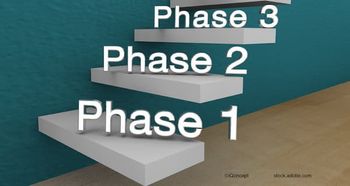
Retinopathy screening costing too much money
The lack of experience with evidence-based guidelines may be the reason for excessive follow-up after screening for hydroxychloroquine retinopathy, according to study results published in the December issue of the British Journal of Ophthalmology.
The lack of experience with evidence-based guidelines may be the reason for excessive follow-up after screening for hydroxychloroquine retinopathy, according to study results published in the December issue of the British Journal of Ophthalmology.
Of the 67 survey respondents, 90% screened in accordance with PPP, through either central automated threshold perimetry or Amsler grid, but there was a lack of awareness of evidence-based risk factors. Compared with PPP recommendations, 87% of survey respondents screened high-risk patients too frequently; for low-risk patients, this rose to 94%. The survey team noted that this high level of screening accounts for more than $44 million (approximately €34.4 million) for the first five years of treatment.
Thus the researchers concluded that although hydroxychloroquine retinopathy screening was undertaken correctly, significant cost savings could be generated by complying with PPP guidelines on follow-up.
Newsletter
Get the essential updates shaping the future of pharma manufacturing and compliance—subscribe today to Pharmaceutical Technology and never miss a breakthrough.










































